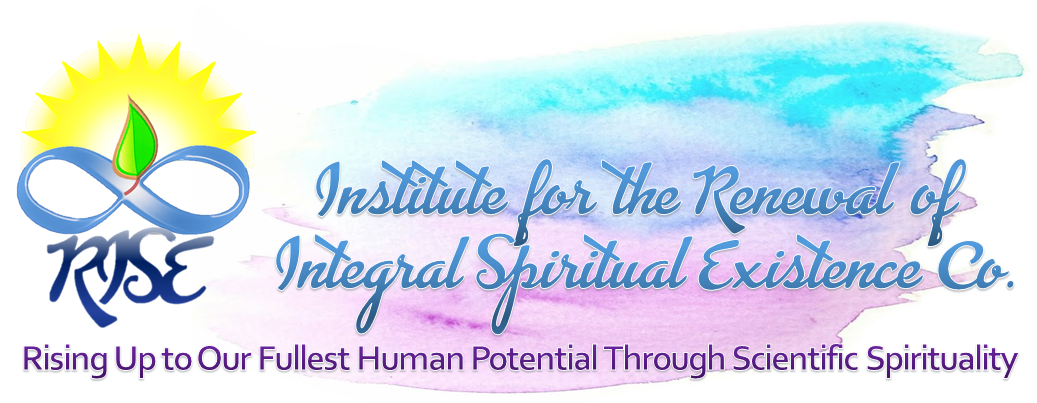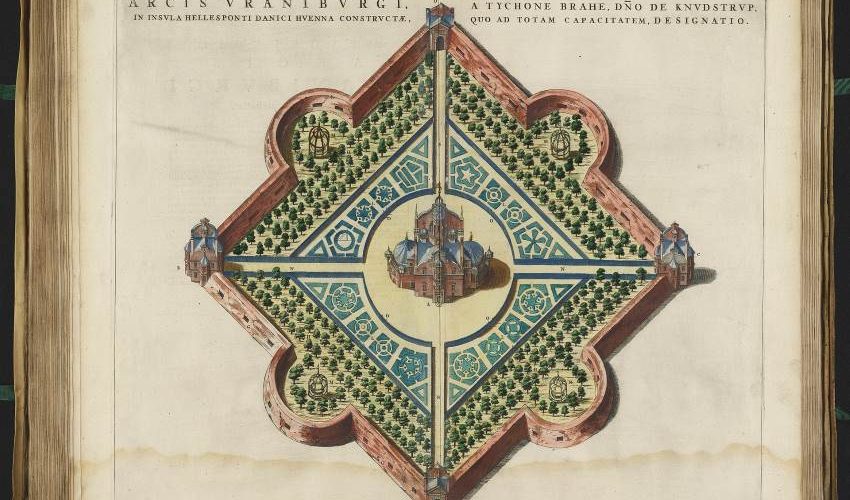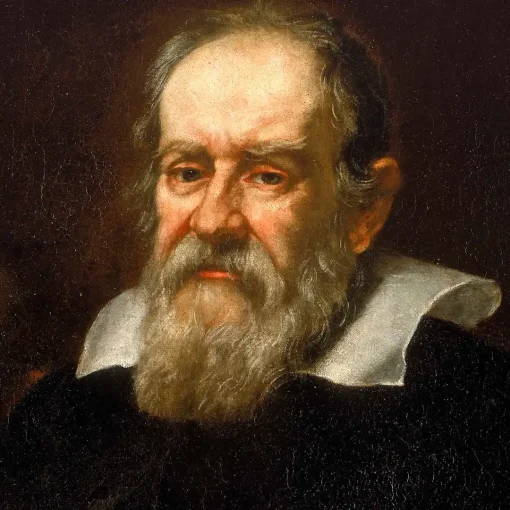Danish astronomer Tycho Brahe, renowned for his astronomical discoveries in the 16th century, also engaged in alchemy, conducting secret experiments in his laboratory at Uraniborg. Recent research analyzing glass and pottery shards excavated from the site has revealed unexpected findings, including traces of tungsten, which was not identified until 1781, long after Brahe’s death. The study, led by Kaare Lund Rasmussen and Poul Grinder-Hansen, found that while common elements like gold, mercury, and copper were present, the discovery of tungsten raises intriguing questions about Brahe’s knowledge and practices. It is suggested that tungsten may have entered his lab through a mineral or that he inadvertently isolated it during his experiments. This finding not only sheds light on Brahe’s alchemical methods but also highlights the complexities of scientific inquiry in the Renaissance, where astronomy and alchemy were closely linked in the pursuit of knowledge.
Editor’s Note: The recent discovery of unexpected elements, such as tungsten, in the remnants of Tycho Brahe’s alchemical laboratory sheds light on the Renaissance astronomer’s multifaceted pursuit of knowledge. Brahe’s work challenges the narrow confines of modern materialist science, which often dismisses inquiries into the non-physical realm as unscientific. By embracing a more holistic approach that includes alchemy, astrology, and herbal medicine alongside his groundbreaking astronomical observations, Brahe demonstrates the value of open-mindedness in the quest for understanding the natural world.
Brahe’s spirituality, influenced by the ideas of Paracelsus, saw the human body and the cosmos as intrinsically connected. This worldview led him to explore the potential of celestial bodies to affect terrestrial phenomena, including the creation of herbal remedies. While such connections may seem unorthodox from a materialist perspective, Brahe’s work highlights the limitations of a purely reductionist approach to science. By embracing multiple ways of knowing, he expanded the boundaries of legitimate scientific inquiry during his era.
The presence of tungsten in Brahe’s alchemical laboratory, a substance not officially discovered until nearly two centuries after his death, raises intriguing questions about the depth of his knowledge and the potential for unexpected discoveries when one’s mind is open to the mysteries of the universe. Brahe’s alchemical pursuits, though shrouded in secrecy, suggest a profound respect for the interconnectedness of all things and a desire to uncover the hidden truths that lie beyond the limits of conventional wisdom.
As we grapple with the challenges of our time, it is worth reflecting on Brahe’s example and the importance of embracing a more expansive view of scientific inquiry. By acknowledging the value of diverse ways of knowing, from the empirical to the spiritual, we may uncover new pathways to understanding the complexities of our world and our place within it. Tycho Brahe’s legacy serves as a reminder that the genuine pursuit of knowledge lies not in the rigid adherence to materialist dogma but in the courageous exploration of the unknown, where the boundaries between science and spirit are ever-shifting and ripe for discovery.
Read Original Article
Read Online
Click the button below if you wish to read the article on the website where it was originally published.
Read Offline
Click the button below if you wish to read the article offline





